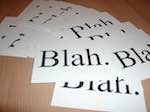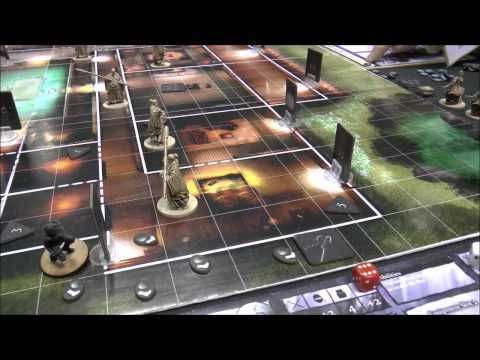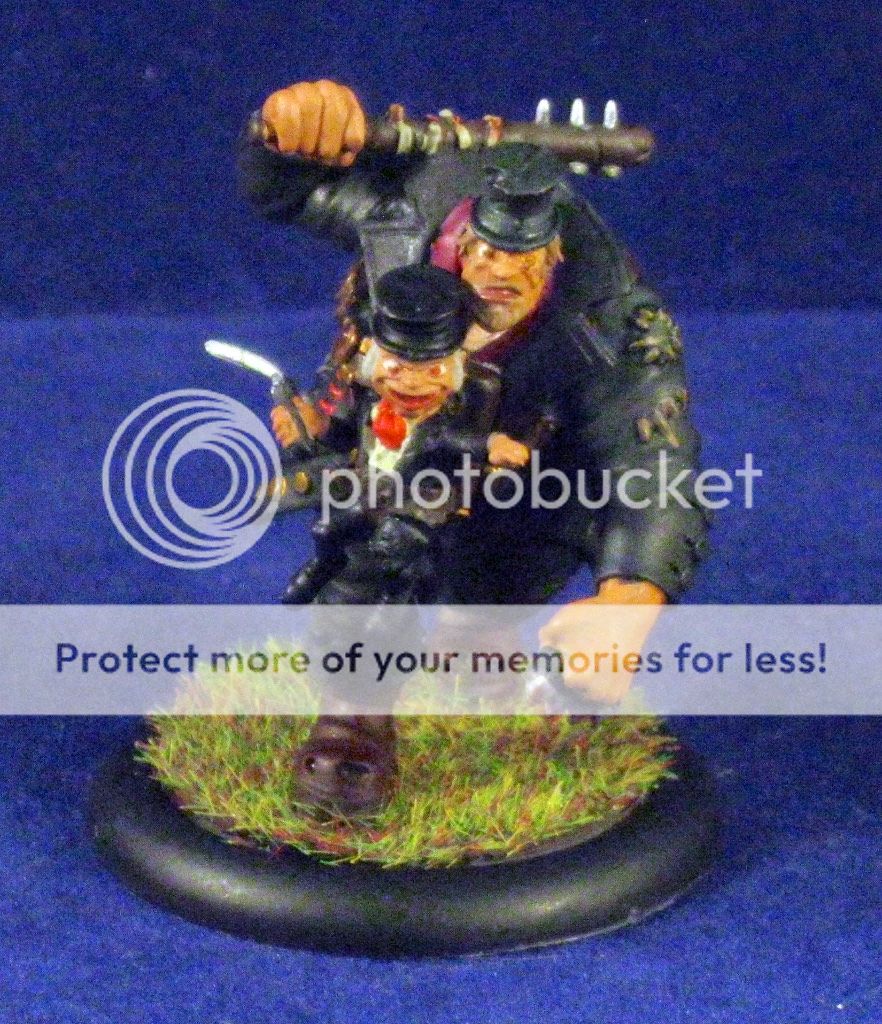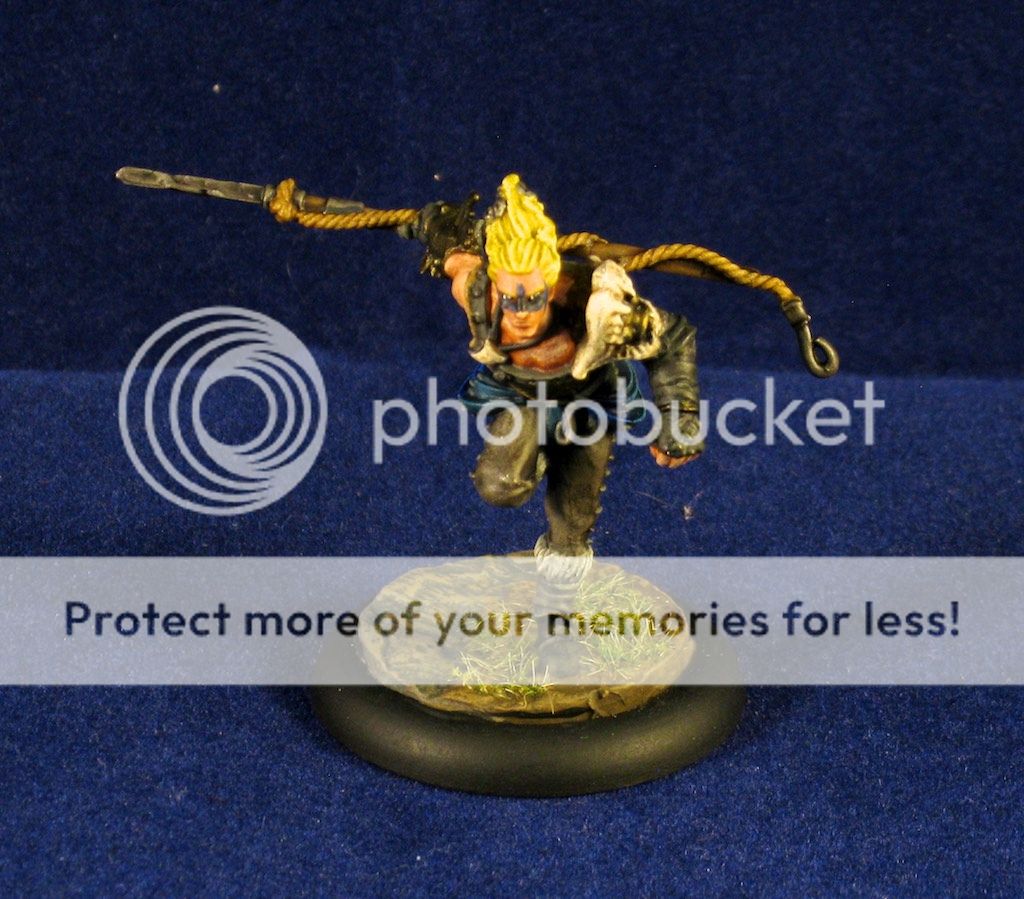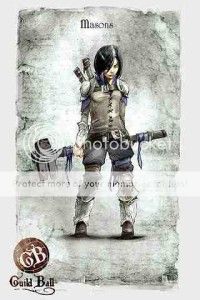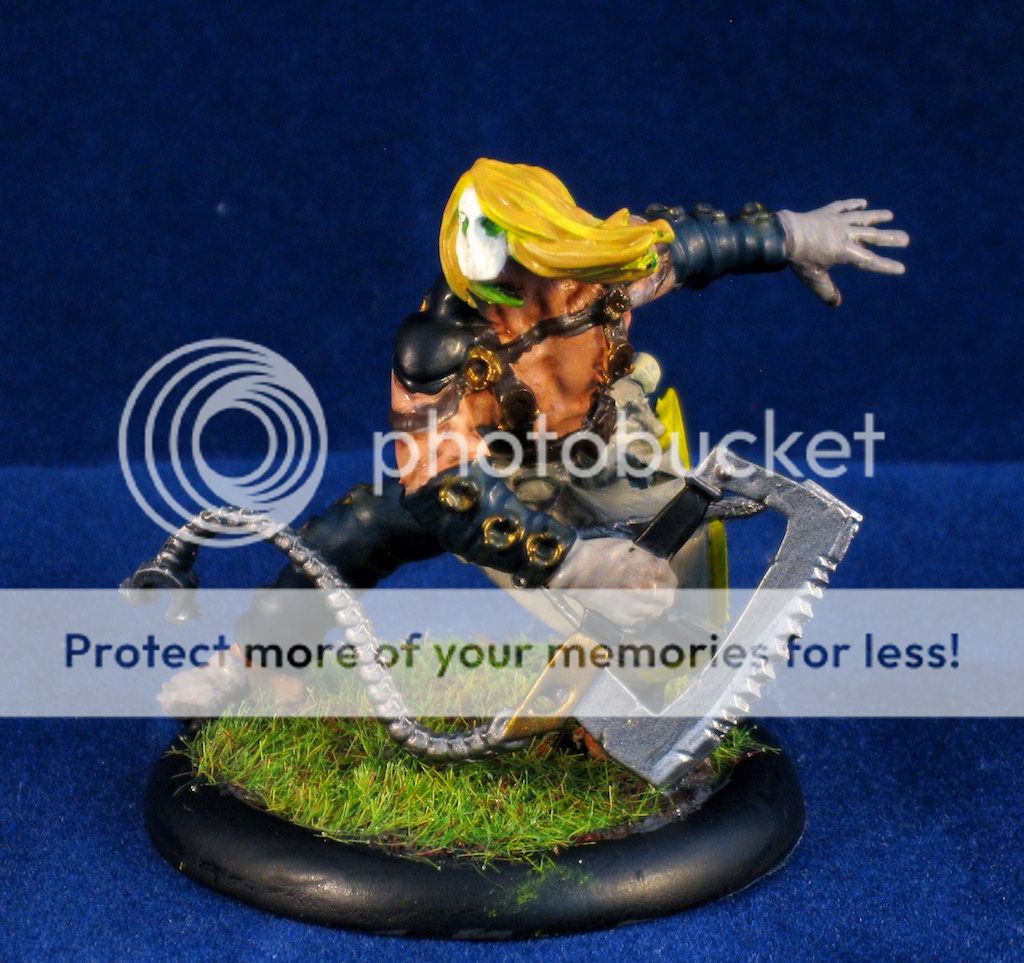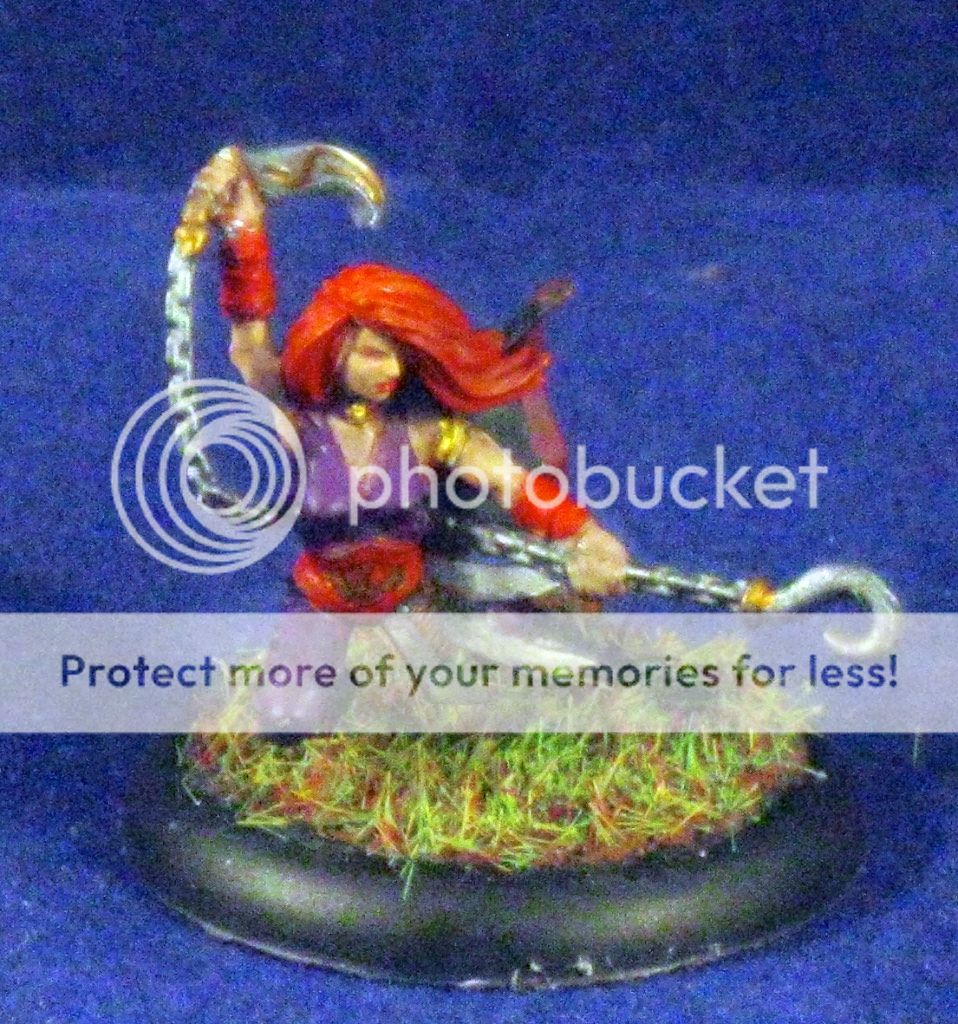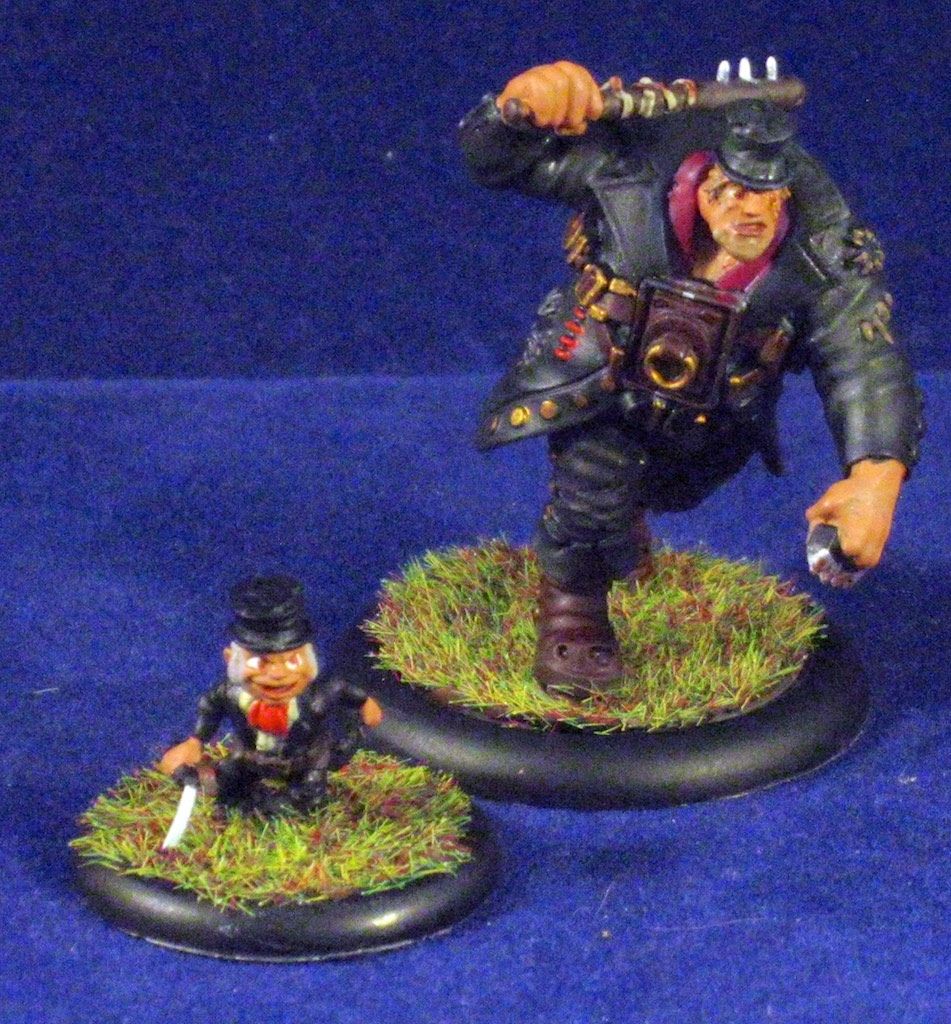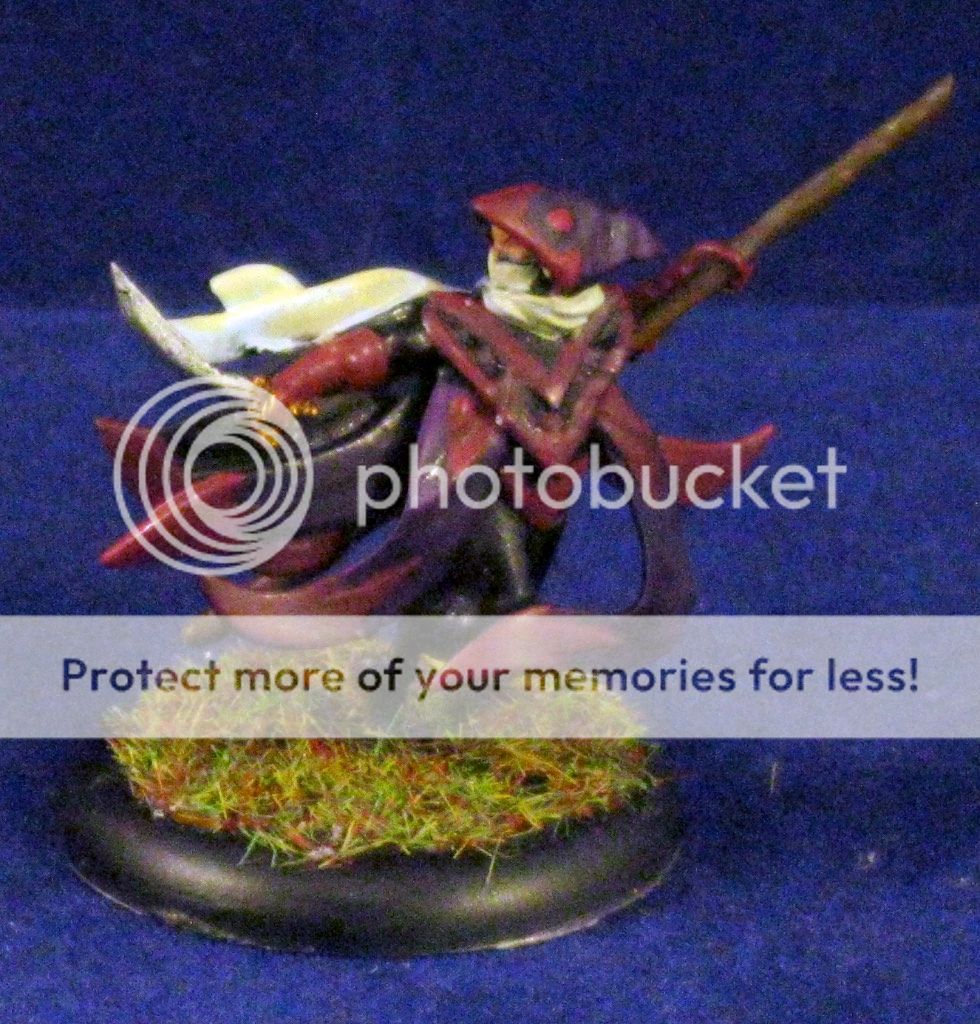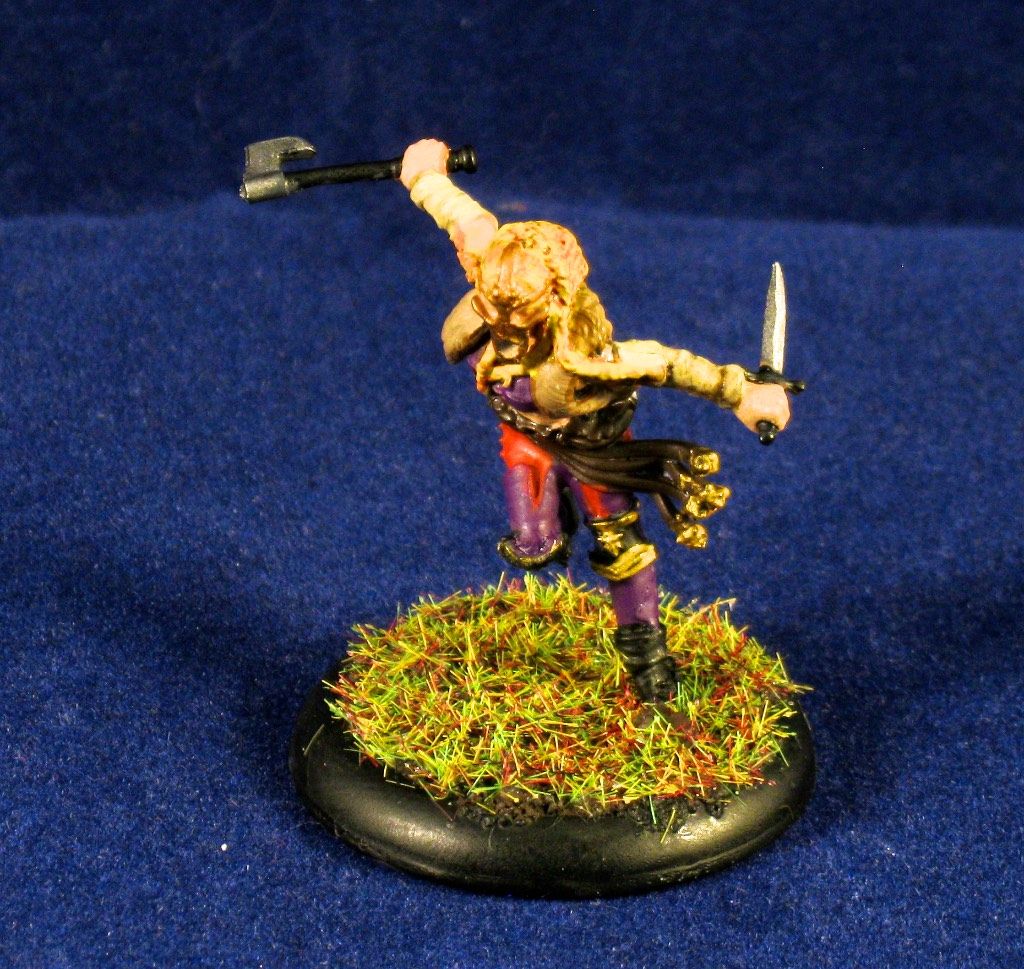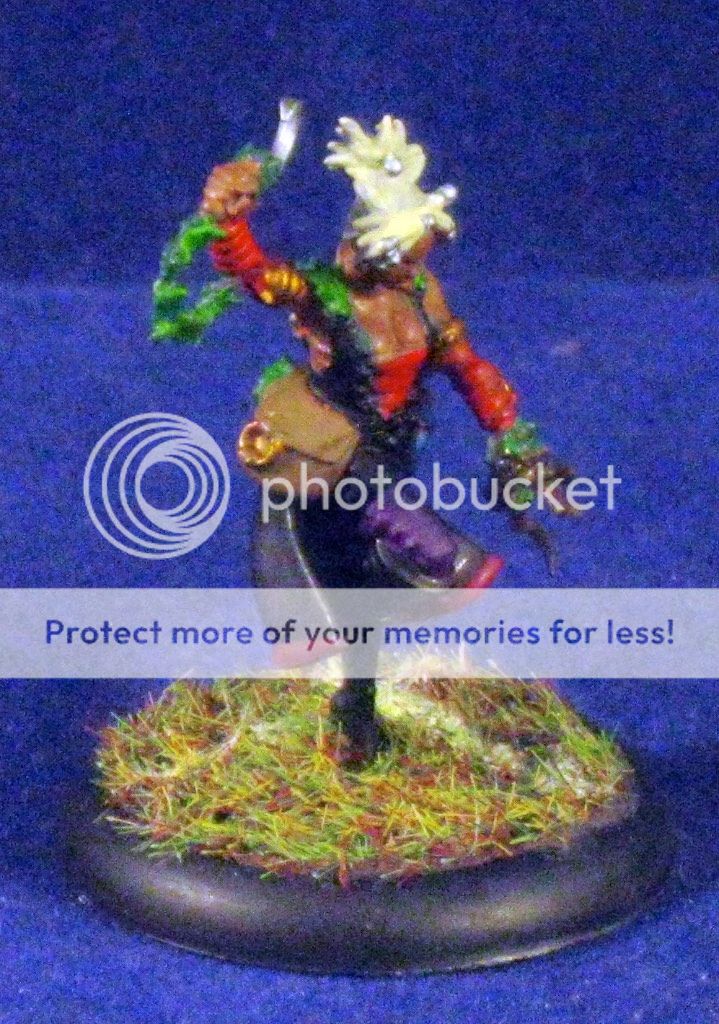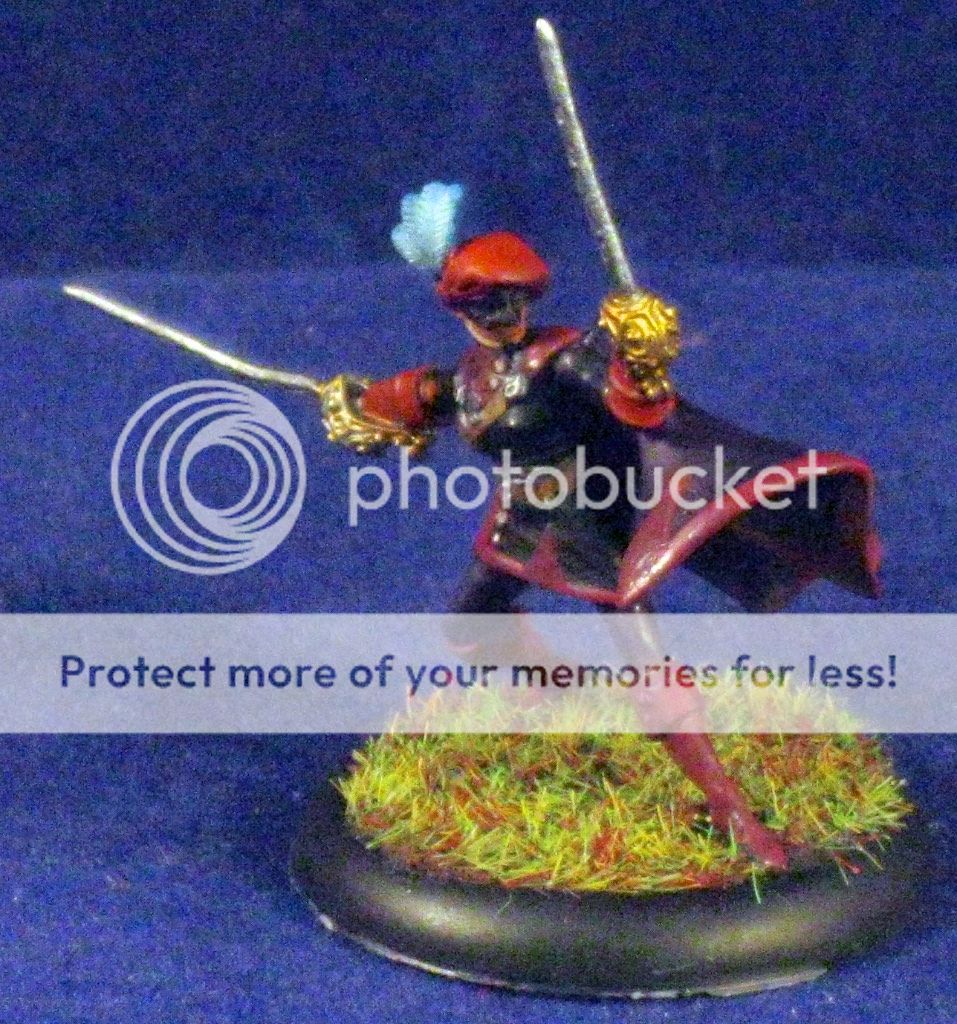I realize how blessed I am overall with 3 regular gaming groups (2 weekly and 1 quarterly) plus a family that plays games. In addition to that I have a wider group of friends who enjoy games but do not play regularly, only when we sporadically get together. This leaves my choices of games split into multiple categories, my hard-core gaming groups, my family games, and party or lighter games my extended friends would enjoy. I can be fairly honest in saying Gaming itself has become my hobby. This is a shift from being focused strictly on miniature games where the "hobby" was defined as the gluing, building, painting side of the game activities.
Readers may wonder what type of expense my current game hobby carries. I've been very aware of this and watched it fairly closely over the past two years. Kickstarter has helped a great deal in managing the overall expense of collecting games to play on both the board game and miniature side of gaming. I'll occasionally have spike of expense in a month where a really exciting kickstarter is coming to a close or where a lot of stuff is released all at once. Those months can push my totals up to $200 - $300 spent, although they are not overly common. On a regular basis, outside the spikes, I'm spending $50 - $100 per month on games. Add in a spike for Gencon or Adepticon then two big kickstarters a year and I'm averaging a yearly gaming expenditure around $1800. Keeping in mind that's just to put new games or game accessories in my hands, not including any travel or lodging for events or such.
I don't think that's too bad. I could even take time to look at what I'm playing and how often to try and figure out if I'm getting that much value from my spending. I could, but it wouldn't make much sense. Overall I have the overwhelming feeling I with I had more time for games simply because I'm not playing all the games I want to play enough times. This begs the question, what are all the games?
All The Games
Miniature Games
Wrath of Kings is a steampunk fantasy army scale game played on an open table, typically 4x4 or 6x4. I have two armies for WoK, a Goritsi army comprised of Werewolves and Vampires, and a Shael Han army comprised of Monks and naked monk-women..... and a Dragon. I enjoy this game as it's mechanically light but tactical enough on the table to provide room to dig in. I have enough models to construct multiple different forces without adding anything new. I still pick up the random new model or book when it's released, but overall I don't spend much here. My group was playing a game every other week at the beginning of the year but this was sidelined due to involvement in a campaign board game (Kingdom Death to be mentioned below).
Arena Rex is a small scale skirmish gladiatorial game I've recently picked up. this was a kickstarter I was not involved and was exposed to at Adepticon 2016. The models are fantastic but I did not look closely at the game play during the convention. Mid-July 2016 I learned that a group of friends I see a couple times a year had picked up the game and dove in fairly heavily to learning to play. Keeping this in mind I gave the game another look and decided to pick up a force. I grabbed 7 models and a mat and was satisfied. At Gencon 2016 (early August) several people in both my regular local game groups became hooked and picked up multiple forces across the group. Although I was a bit earlier to the game they jumped in and it looks like a game we'll start getting to the table locally. Overall it's a very quick game lasting approximately 20-30 minutes per session. This means it can be a quick to play side game or one where we get multiple games in a fairly short period of time. I've gotten limited number of introduction games played but expect this to ramp up fairly quickly.
Dead Zone by Mantic just released a new version of it's rule set, making some key changes to how things work. My friend John has almost everything for this game and I tend to borrow his models when we grab a game. It plays fairly quickly, although not as quickly as Arena Rex. The new rules seem to have streamlined the game a bit and we had fun trying out our first couple games. I only get to play this when John brings his set to the store and we have not predetermined on another game, but I would not mind getting more games in. I see an opportunity to use my 40K Eldar models as stand-ins for the Asterian forces in Dead Zone, which would be cool to see on the table.
Psudeo-Boardgames
Currently I have five (six) games in my roster which fall under Pseudo-Boardgames. These are games with models that should be built and painted, some level of character or force customization, and are played primarily on a board of some type. I have 2 more "campaign" style games coming toward the beginning of 2017 which fall into this lot as well.Aetherium is the game I consistently claim to be the best game of 2015, along with one of the best games not enough people are playing. Aetherium had a successfully kickstarter and released in 2015 with its starter box and 2 full factions of models. This Cyberscape miniature board game plays like a tabletop miniature wargame within the confines of a board game. 2016 saw the release of a third faction, with promises for 2 additional factions by the end of 2017. This is a highly tactical game thats a ton of fun to play and not overly complicated to learn the basics. I would love to get more games of this in, and expect that will happen now that 3-player games are easier considering 3 different factions in game. I believe Aetherium suffers from a lack of major distribution limiting exposure to a wider audience.
Kingdom Death Monster is an intense campaign style board game with some amazing miniatures as part of its line. This game pull's no punches when it comes to providing a high risk immersive experience to the players, very much targeting mature gamers. Violent death, horrible injuries, dismemberment, and soft-core porn style models combine with beautifully sculpted miniature for both the players and the horrible monsters they are fighting. This is one of the best games I've played in 2016, although the mature material, assembly and painting requirements, high price point, and limited quantities put this game out of reach for most gamers. The base game will cost $400 if you picked up one of the retail copies, $650 and more for the majority of people trying to buy a copy on Ebay. It's a campaign style game where you and your friends will play multiple sessions across weeks (likely months) before you reach the end of the game. Our group has completed one full campaign and are looking forward to playing our next campaign in the fall.
Drakerys is a new game to my collection which I kickstarted in conjunction with my daughter. We chose to go with the base armies, Humans vs Orcs plus added in a fantastic dragon which caught my daughters imagination. Subsequent to a demo at Gencon 2016 my wife decided to jump on board and chose the Elf army for herself. This is more heavily on the tabletop war game side of gaming than the board game side, but comes with some nice pre-printed mats (cardboard and neoprene) for playing the game on. This keeps the game partially in the board game space as I cannot see playing without the provided mats. Drakerys is firmly seated in the classic fantasy realm with magical elemental vortexes set-up at the start of the game which are used to summon elementals who serve in your force and fuel the magic spells cast by the army wizards. Additionally there is a massive dragon which can be hired into your force or can work as a dangerous neutral element on the battlefield. This is newly in my collection but I'm looking forward to getting more games in, even if its just with my family.

 Star Wars X-Wing and Star Wars Armada fall firmly into this category due to being played on an open table (often on a space printed mat) but not requiring any painting or assembly of the models used. I picked up both of these games to play with a combination of my daughter and a couple key friends who played them. On both fronts the drive to play these games has dropped off but I'm not yet committed to selling off my collections. To be fair, my collections are fairly conservative in relation to some other games so if I get these games on the table twice a year with either my daughter or key friends then I feel like I'm ahead.
Star Wars X-Wing and Star Wars Armada fall firmly into this category due to being played on an open table (often on a space printed mat) but not requiring any painting or assembly of the models used. I picked up both of these games to play with a combination of my daughter and a couple key friends who played them. On both fronts the drive to play these games has dropped off but I'm not yet committed to selling off my collections. To be fair, my collections are fairly conservative in relation to some other games so if I get these games on the table twice a year with either my daughter or key friends then I feel like I'm ahead. Super Dungeon Explore has been in my collection for a long time, and was once among my favorite board games. I place this in the Pseudo-boardgame category because of the level of painting required to get this on the table. Painting up the SDE models makes such a difference in the enjoy-ability of the game I think it's necessary. The Forgotten King update for SDE was released in 2015 and changed my opinion of the game overall. I am very disappointed in that update, but am hopeful that the 2.0 update coming early 2017 will remedy the issues injected in the game with Forgotten King. There are signs that Soda Pop Miniatures has heard the complaints from the community and are taking strides to fix things, but only time will tell. Although I'm not searching for time to play this, I'd still step up to playing an original version game and look forward to seeing how they fix the 2.0 version of the game.
The Board Games
Zombicide is one of the games I wish saw table time more often. My family and I began playing through Zombicide last year, starting with the introduction mission of the first box set. We had backed the season 3 kickstarter which included both the base set and the expansion set. This was a great deal of fun, leading to us picking up the season 2 set (base plus expansion) as well in preparation for completing the mission thread in the season 1 rule book. Suddenly our regular play dropped off and now it's been a couple months since we've sat down for a game. This is a game I continuously look to get back on the table with my family as we all enjoy playing it.Forbidden Stars is a Warhammer 40K based strategic control game with a semi-variable sector of space. It has Space Marines, Chaos Space Marines, Eldar, and Orks all battling for control of a sector which has recently become available via clearing warp storms. I had a fairly low expectation for this game due to it being 40K based, but was very wrong. This fantastic title from Fantasy Flight games has a great deal of depth to it as ships track through the open void creating paths for planetary assaults to be launched into enemy territory. I picking this up with the idea that if I played it once a year it was worth the purchase. I'm averaging 2 games a year at this point and am enjoying the game. I'd love to see it on the table more, but I'm getting the value I expected.
Castles of Burgundy falls into a category I like to call the "Damn you Adam" set of games. A couple times of year I get to take working vacations to New England (Northeastern USA) and get games with some friends in the area. Inevitably there is a couples game night with my friend Adam, who tends to introduce me to a new game (or 3). This typically results in my heading out and purchasing a new game. Castles of Burgundy is a Euro-style game where your worker placement is trying to picking up specific territories which can score you points. There's a fair bit of strategy and overall the game is determined by your strategy playing the game (little or no luck). This is a game that's a lot of fun but I have not tried it with my local group yet. My wife and I have also not decided to try it as a 2 player game, although we should.
Fireteam Zero is a light campaign game with limited character development but lots of monster killing goodness. The game comes with 4 heroes, 2 sidekicks, and three families of monsters which scale up across 3 levels (base, elite, boss). The heroes are part of Fire Team Zero, an elite commando team sent to investigate mysterious and suspected supernatural situations during World War II. Each monster family has it's own set of stories tied to it to play through. I had decided that I was not going to start introducing this game to my family or local group until I had the models painted up (considering it was a fairly small number of models to paint). Painting took much longer than expected, only recently completing. I have played through the initial mission of one monster family twice now and the game looks to be a lot of fun. Now that everything is painted I'm looking forward to seeing this on the table.
Xia is another "Damn Adam" game which was originally a kickstarter yet I picked up retail. Xia is a space exploration game with randomly laid tiles and pre-painted spaceship miniatures. This is a very fun game which some of my locals have compared to the video game FTL. The components for this game are absolutely fantastic which only enhances the already excellent game play. This is one of those games that my gaming group enjoys when I bring it to game night, but also a game that only makes it's way out periodically. There's an expansion coming in 2017 that will likely spur some increased play right after the release.
Tides of Infamy is a pirate themed exploration game with random sea/island tiles laid out in a random map each game. Players have 3 pirate ships which they sail out to discover islands, goods, and fight each other over goods. My wife absolutely loves this game with my daughters enjoying it as well. This makes it a very nice family game to pull out for an hour on a weekend afternoon. There are two styles of combat resolution for the game, both using a deck of cards. The first plays like the card game War, while the second is more akin to Poker. We're playing this as a light game so have stuck with the War style combat resolution. A lot of fun overall.
Blood Rage is one of the best recent games to be released, second to Aetherium last year simply because I'd choose a game of Aetherium over Blood Rage where possible. Blood Rage is a viking themed battle game that includes giant monsters, area control, card drafting, and card based combat resolution. It's an exciting mix of game mechanics that comes together for an incredibly thematic fast paced game. It's easy to teach to new players and has depths of tactics for experienced players which shift with every game. This is also a game where it's incredibly difficult to have a run-away win. Players feel like they are in the game all the way to the end, with a constant possibility to jump back ot the lead with just a couple moves. A great game that doesn't get played enough simply due to the pure quantity of good games on the market.
Scythe is the new hotness from Stonemaier Games, a kickstarter, a "Damn Adam" game, and one of the top rated board games from Gencon 2016. This is a fairly pure eurostyle game set in a post-"Big War" alternate history setting. This is a simple game to learn and a difficult game to master. The basics for game play are making a choice on the "action" playmat between 4 zones of actions. Each zone has a top and a bottom action which can be completed. Top actions are things such as producing resources or moving game pieces on the board. The bottom actions are things such as deploying a Mech or Building a new structure. There are 5 factions in the game, each with their own "faction" playmat and unique faction abilities. The "faction" and "action" playmats are randomized each game, providing a tremendous variety of gameplay even if you get the same faction. Overall a really great game and one that's good enough for me to start considering other Stonemaier games.
Thoughts
I am blessed to have the disposable income and understanding family that let's me obtain, own, and play all these games. I'm blessed to have the available leisure time to do so much gaming. A big part of the second has to do with a combination of multiple groups of great friends plus making time to exercise my gaming hobby. I set aside specific time each week to join friends at a local store and game. This is similar to TV time for most people, I just cut back and don't watch as much TV.I'm both intrigued and mildly concerned that I cut off my board game list with at least 4 additional games plus a category of party games still to go. I felt this overall article was getting pretty long for reading. I'll definitely revisit the part game portion in an article of it's own, as I think readers would be interested in a list of good games for 5+ players.
I often consider my experience gaming and my contacts in the gaming industry with an eye toward moving my career and livelihood into that space. I've not yet found a way to maintain my current lifestyle and income level moving into the board and tabletop gaming space. Although it's a large industry it's still made up of low margin and small increments of income when compared to the executive management of IT and IT Consulting space I'm currently in. It's staying as my retirement plan for now.
Rome Rise to Power
The Group Games - Front Line No Komrades, Dark Dealings, Nevermore, Evil Baby Orphanage, Libertalia, New Salem
Machi Koro
Takenoko
Xenoshyft

